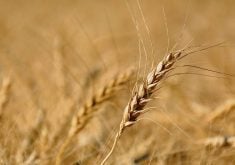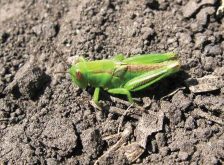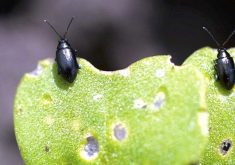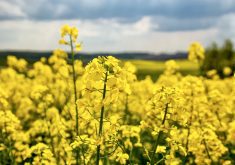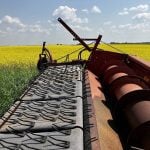Here’s the bad news: The dry, hot start to spring means more insect pests this year. And even the bit of rain received during the May long weekend won’t make a difference.

“Insects respond to the heat and it’s been hot — their life cycles are all moved forward and the crops are not thriving under the drier conditions,” said Scott Meers, insect management specialist with Alberta Agriculture and Forestry. “Whenever we see warmer temperatures, crops don’t do as well and certain insects do better.”
Scouting and seed treatments are the first line of defence — and since it’s too late for the latter, producers need to be diligent about keeping watch.
“If you’re finding insects, look if they’re above threshold (levels) and see if it makes sense to actually treat,” said Meers. “I don’t think we want to be blanket spraying just because we see conditions for some insects. We need to balance the numbers with thresholds and thoughtful applications of insecticide.”
The warm, dry start to spring means some insects have emerged sooner than usual. Pea leaf weevils are already feeding aggressively in certain areas, mainly along the Highway 2 corridor from Lacombe south, and in southern Alberta. Even the recent rains won’t make a change in this population.
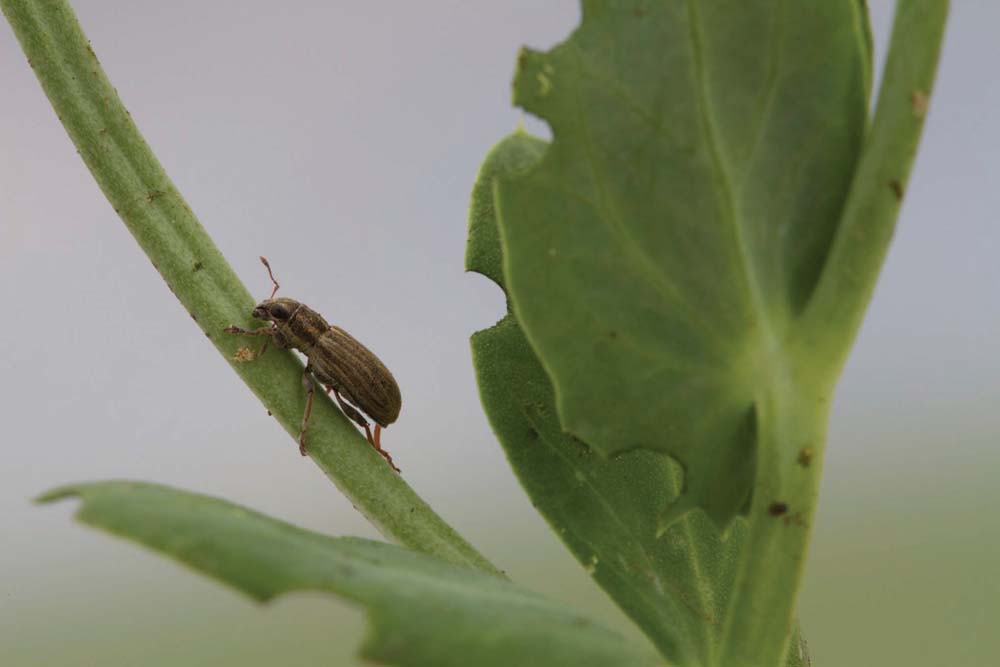
The insects have survived the winter well and can move around easily in the warmer weather.
“They’ve found peas easily as they’re emerging. It’s a different thing than we’ve seen in the past few years,” said Meers.
Meers and his team don’t recommend relying on foliar application, but producers going that route should apply it as quickly as they can to maximize any hope of economic returns.
“I’m skeptical in most cases if there is economics in spraying for pea leaf weevil,” said Meers.
The weather conditions also mean that the grasshopper population is already emerging.
“That’s incredibly early and that just means that they will be big early and damage earlier in the season. It’s the perfect scenario for grasshoppers,” he said.
Read Also
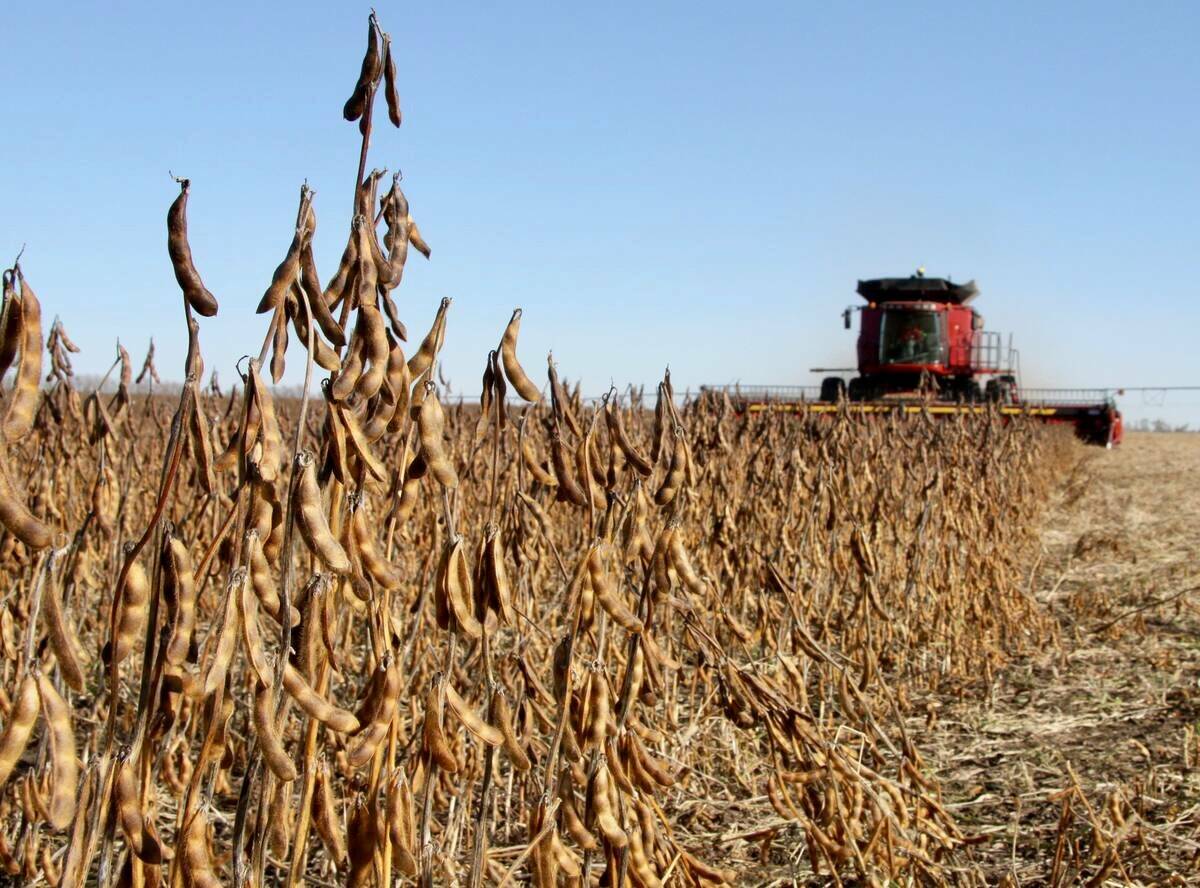
Much of Alberta misses fall moisture recharge
October saw the Western Prairies stay dry, while the east was waterlogged
“We’ll need more warm weather to reduce the population significantly in grasshoppers.”
The cool and wet weather might have a detrimental effect on the grasshoppers that have already hatched, but a lot of them still haven’t hatched yet.
“That story is yet to be written,” said Meers.
It takes a fairly aggressive spray program to control grasshoppers and they need to be sprayed when they are young. It makes more sense to protect crop establishment and make sure the crop is strong enough to withstand insect pressure.
“In years like this, when we have grasshoppers emerging as the crops emerge, we tend to get damaged seedlings and seedling stand problems. You can actually effectively hold grasshoppers at bay with sprays. But once they are big and flying, it’s a very difficult issue to deal with.”
Other pests on Meers’ radar screen are bertha army worms and wheat stem sawfly.
“The wheat stem sawfly does extremely well in dry years and its numbers could climb,” said Meers. “They’ve been low, but we’re starting to see a resurgence.”
There are showers in the short-term forecast, but the long-range forecast for the summer is hot and dry.
“I guess we’ll see how that plays out,” said Meers.
Insect forecast maps and info on economic threshold levels can be found at the Alberta Insect Pest Monitoring Network home page (go to www.agriculture.alberta.ca and search for ‘pest monitoring’).





